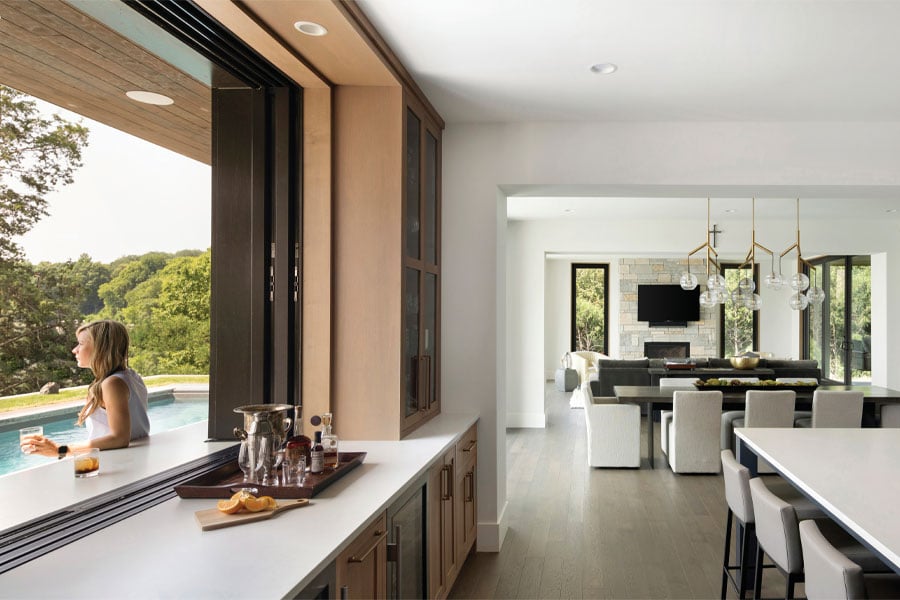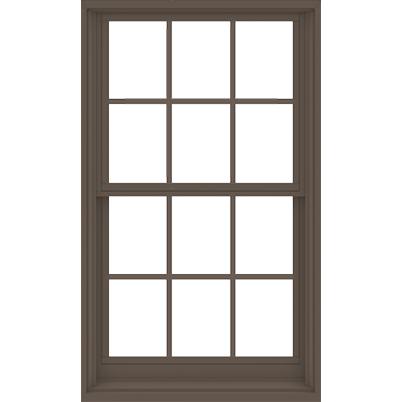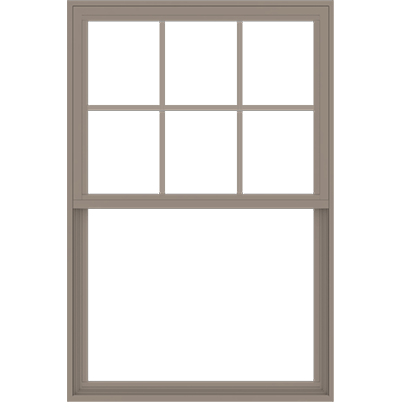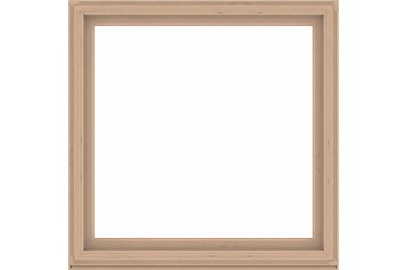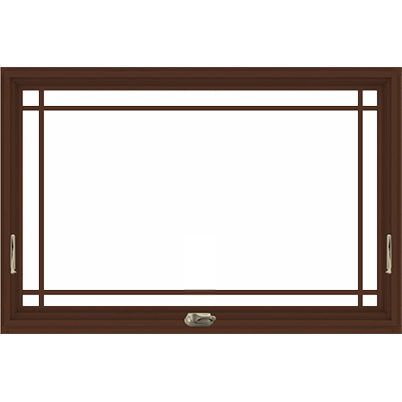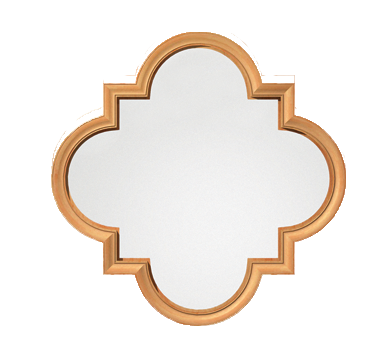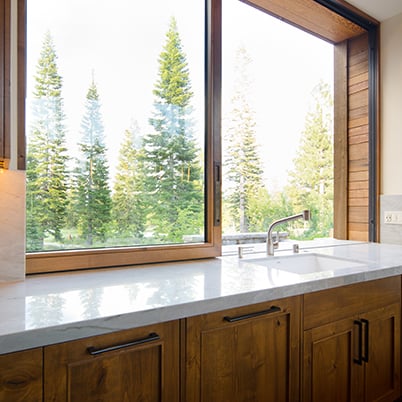Projects
Types of windows
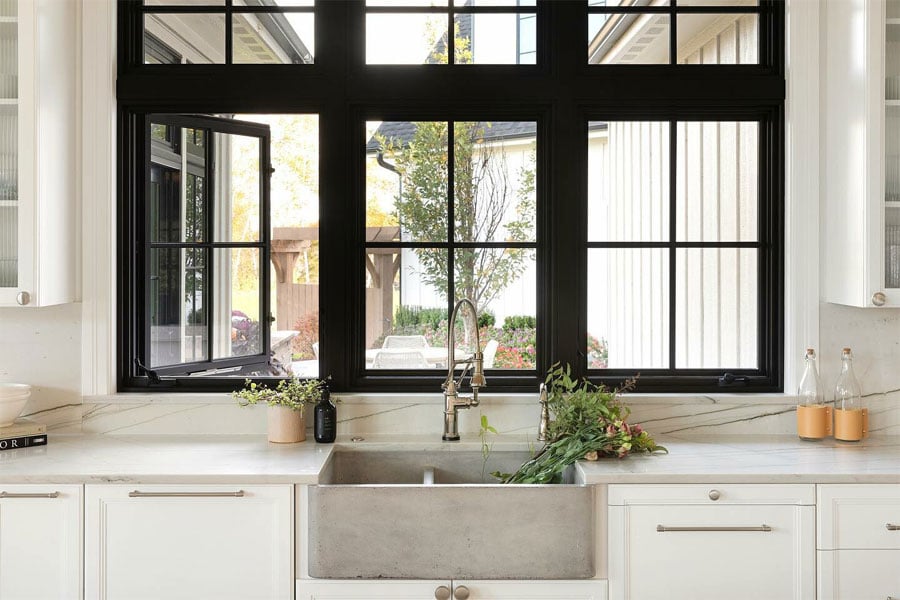
Double-hung window
How it works: This window opens by sliding down from the top and up from the bottom. It has two moveable, vertically stacked sash, i.e., the glass and the framing around the glass.
Where it works best: This classic window can really work anywhere but here are a few places we really love it:
- In a traditional home, from farmhouses to cape cods and Victorians, this timeless window works well with a variety of classic architectural styles.
- In a room where you want the option to open the window from the top, like a first floor or child’s bedroom, this is a great choice.
- Anywhere you want more air flow. For example, in a room where you only have one window, the option to open from top and bottom is helpful.
Here’s what else you should know about double-hung windows: They have tilt-wash hardware built in making them easy to clean from the inside of your home — something you'll really appreciate when cleaning upper-story windows!
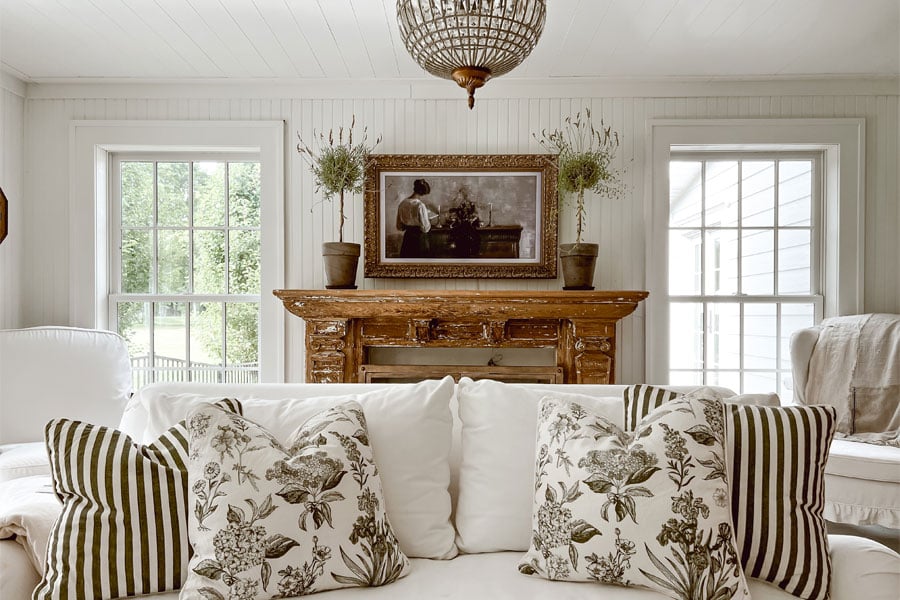
Single-hung window
How it works: This window opens by sliding the bottom sash up. It looks just like a double-hung window with two vertical sash, but the difference is that the top sash is “fixed” meaning it doesn’t move.
Where it works best: Anywhere you would put a double-hung window, this window could also work but here’s when we think it’s a particularly smart choice:
- In a room where you won’t be able to reach your window’s top sash, so a double-hung window wouldn’t be necessary.
- When you want better energy efficiency. With fewer moving parts, there are fewer places for air leakage.
- Anywhere you want the look of a double-hung window at a more economical price.
Here’s what else you should know about single-hung windows: Our 100 Series Single-Hung Windows latch automatically when closed, making them a great choice for a first-floor bedroom or anywhere else you never want to worry about forgetting to lock the window.
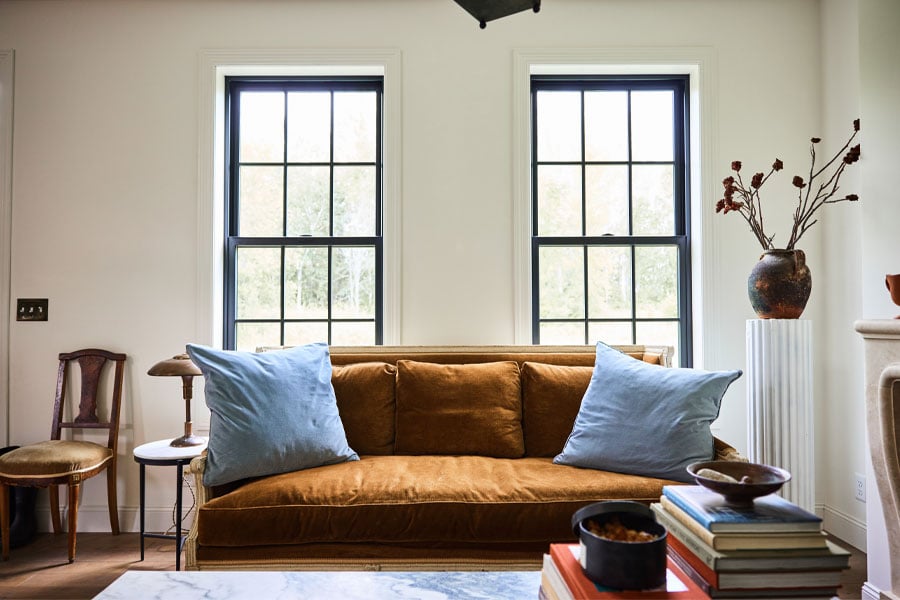
Casement window
How it works: This window is cranked open with a handle and opens outward like a door.
Where it works best: This is one of the most popular window styles and really can work anywhere, but here are a couple of our favorite places to use a casement window:
- On a contemporary home, this window type is a go-to option because of its clean lines.
- Above a kitchen sink or anywhere else you might have to stretch to open a window, its crank operation makes a casement a great solution.
- Anywhere you want sweeping amounts of fresh air, since they can be 8 feet tall and open from top to bottom.
Here’s what else you should know about casement windows: Because of their outward opening, we recommend avoiding a casement window near a walkway, porch, or deck where it might present an obstacle. In places like these, a window that opens flush with the wall is a better choice — think gliding, double-, or single-hung windows.
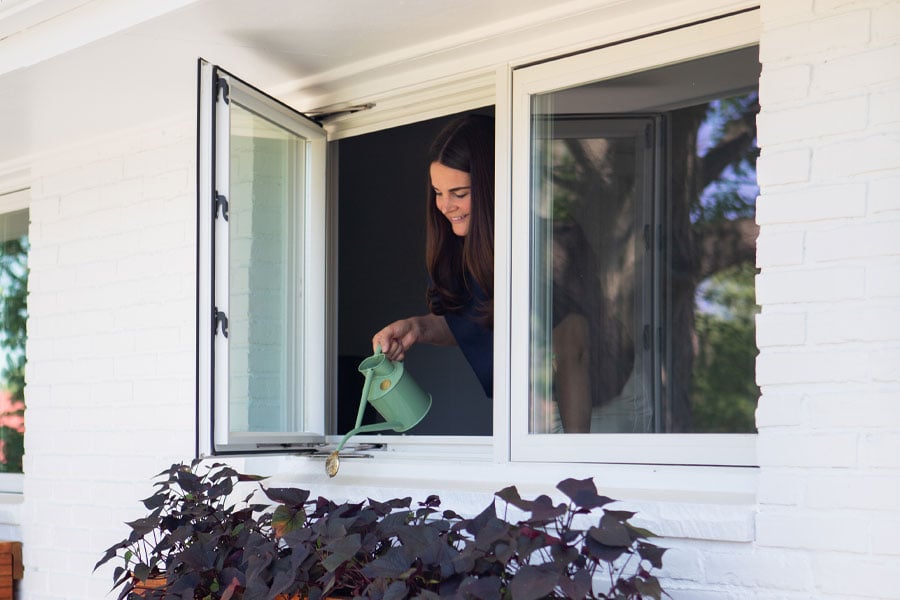
Picture window
How it works: This window is fixed or stationary meaning it doesn’t open.
Where it works best: If you’re thinking, “what’s the point of a window that doesn’t open?” — let us share a few ideas about where this window shines:
- In a living room or dining room, picture windows are often used as the central window in a configuration with other windows. The picture window is often oversized and gives you an unobstructed view — or picture — while surrounding windows bring in fresh air.
- In a space where you want more natural light and high energy efficiency. Picture windows are often used in passive homes, which have extremely efficient HVAC systems, so you don’t need to rely as heavily on natural ventilation.
- In a space where you won’t be able to reach the window to open it, such as high in a stairwell or at the top of large window configuration.
Here’s what else you should know about picture windows: When a picture window is flanked by two double-hung windows, it’s called a “Chicago window.” This classic configuration is one you’ll see repeated in homes across the country.
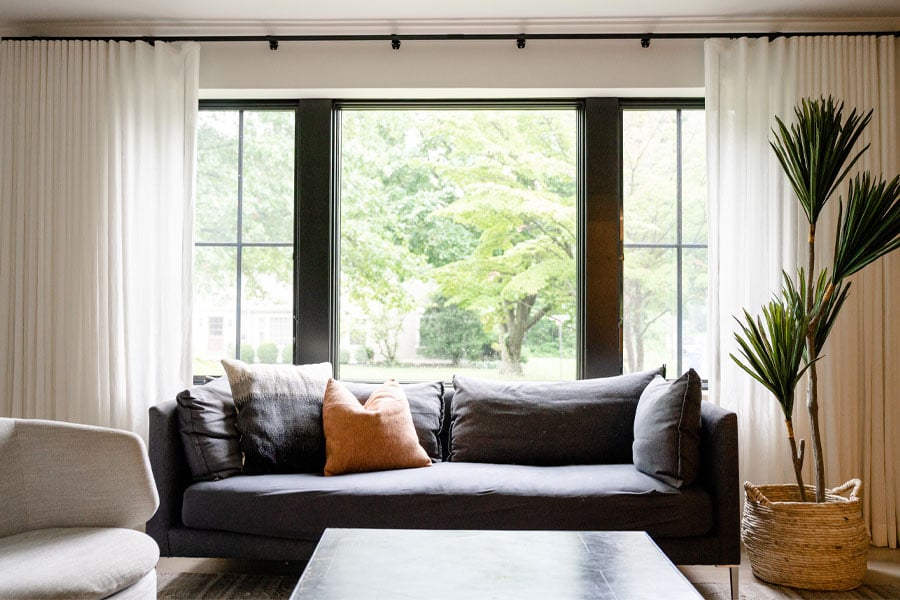
Bay and bow windows
How they work: A grouping of three or more windows that angle out beyond the wall of a house. A bay usually consists of a central window flanked by two smaller windows, while a bow includes an array of windows arranged in a semi-circle. They create a little niche of extra space in a room.
Where it works best: These showstopping windows are often used in more public rooms, like a living room, but that’s not all. Here are some places we love a bay or bow window:
- In a traditional home, like a Victorian, a bay window really looks beautiful. Conversely, bows have a slightly more modern feel so they can fit a contemporary home well.
- Anywhere there’s a beautiful view, the array of windows included in a bay or bow configuration will really put that view on display.
- Anywhere you want to create a cozy spot to curl up with a book, think a bedroom or a stair landing.
Here’s what else you should know about bay windows: Sometimes condensation can form more easily in a bay window because it angles out beyond the house. When installing a bay window, ask your contractor about adding additional insulation at the top of the window.
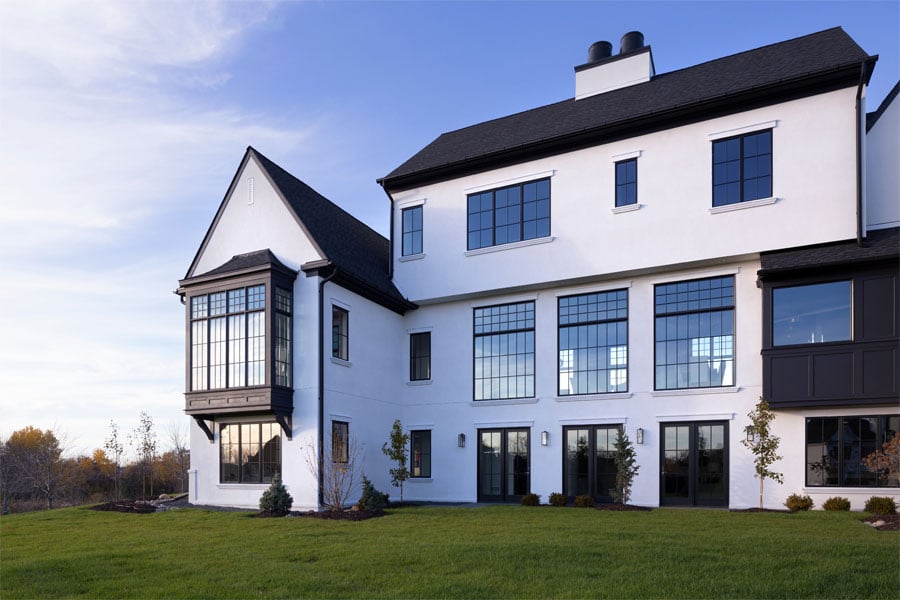
Gliding window
How it works: This window opens by sliding side to side and includes two horizontal sash (remember, a sash is the glass and the framing around the glass that forms the venting part of a window).
Where it works best: Here are a couple places a gliding window (also called a sliding window) really works great:
- In a contemporary home, this is another one of our go-to window types. Again, it has the clean lines that suit a more modern look.
- In between a kitchen and a deck or patio, this type of window can make it easy to pass plates of food and more back and forth.
- Next to a walkway, porch, or deck, this type of window works well because it opens flush with the wall.
Here’s what else you should know about gliding windows: These windows can be configured to open from the left, the right, or both sides.
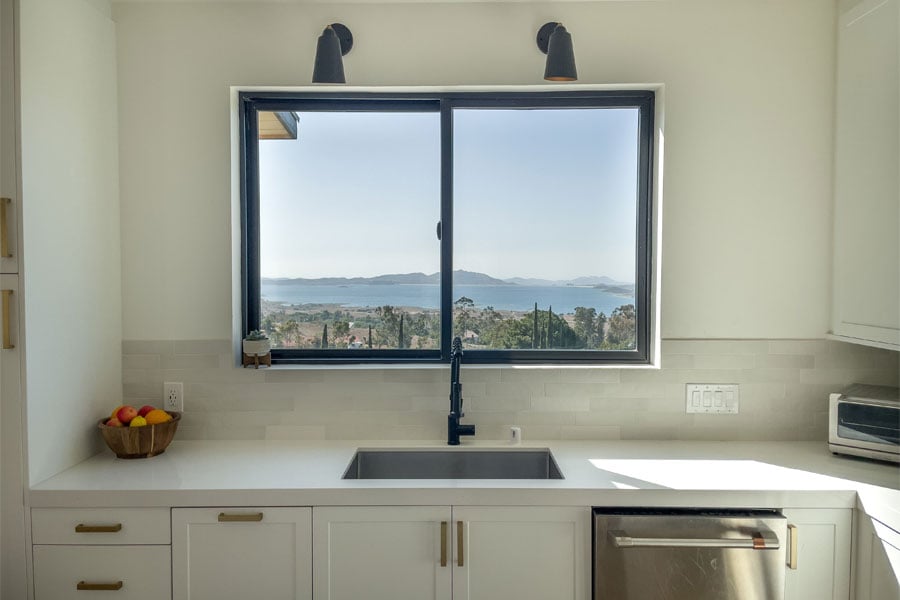
Awning window
How it works: Hinges at the top allow this window to open outward from the bottom.
Where it works best: With its unique canopy opening, an awning window can really be useful in the right spot.
- In a room where ventilation is really important, such as a bathroom, this type of window can be opened up — even on rainy days.
- A classic spot for an awning window is above a doorway. Before air conditioning, placing a window above a door (called a transom) was a common way to bring more fresh air into a room.
- In a contemporary home, picture windows and awning windows are sometimes paired in larger configurations. The sleek lines of these windows match this clean design style, and awning windows add in fresh air.
Here’s what else you should know about awning windows: The 400 Series Awning Window is available with a power operator so you can open a high window with the click of a button. It can even close itself when it rains due to a built-in moisture sensor.
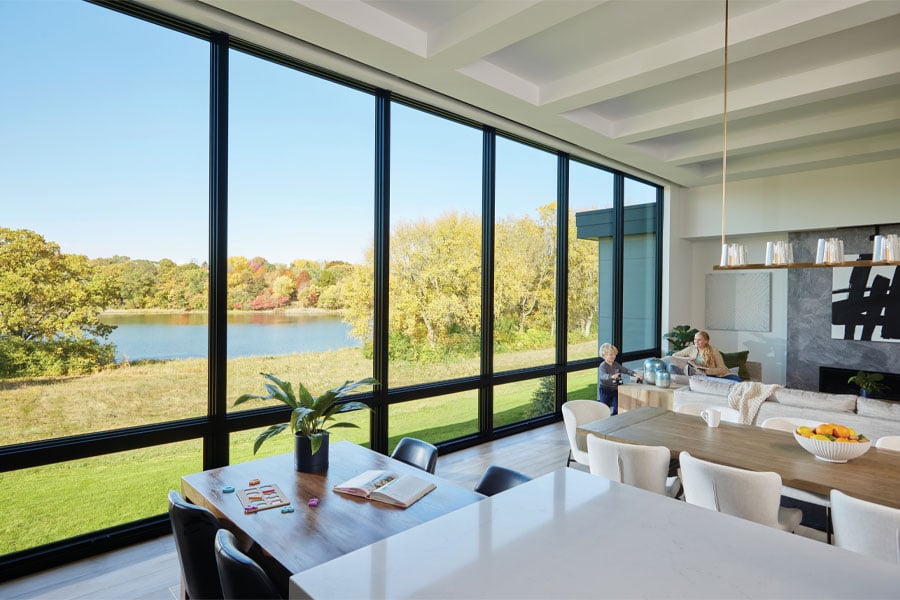
Specialty window
How it works: A specialty window is a window that can be customized in shape.
Where it works best: Because this window is totally customizable, you get to decide where it works best. That said, we have some ideas to get you started:
- Anywhere you want the window to fill an entire wall, a specialty window with customizable sizing and shape is the way to go.
- Anywhere you need a special shape, for example, triangle windows to fit underneath roof gables.
- In a place of prominence, a specialty shape window can add character to your home.
Here’s what else you should know about specialty windows: If you can dream it, we can make it — truly!
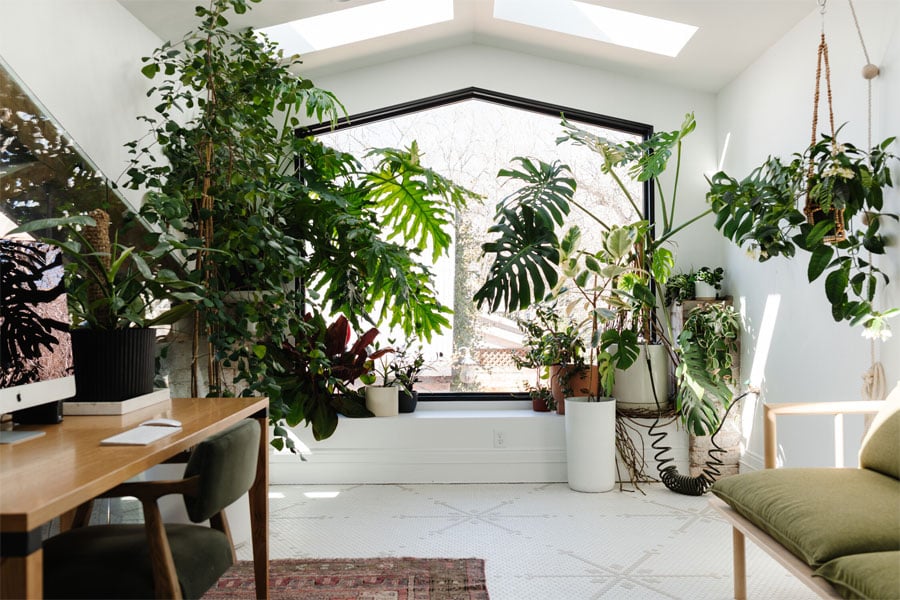
Pass-through window
Where it works best: This one is most popular in between a kitchen and a patio, deck, or porch. It’s a seamless way to unite your indoor and outdoor living spaces, so there’s no missing out on the party when you run back inside to refresh drinks!
Here’s what else you should know about pass-through windows: This window can fold, slide, or open automatically. It can even disappear into the wall when open (this is called pocketing).
